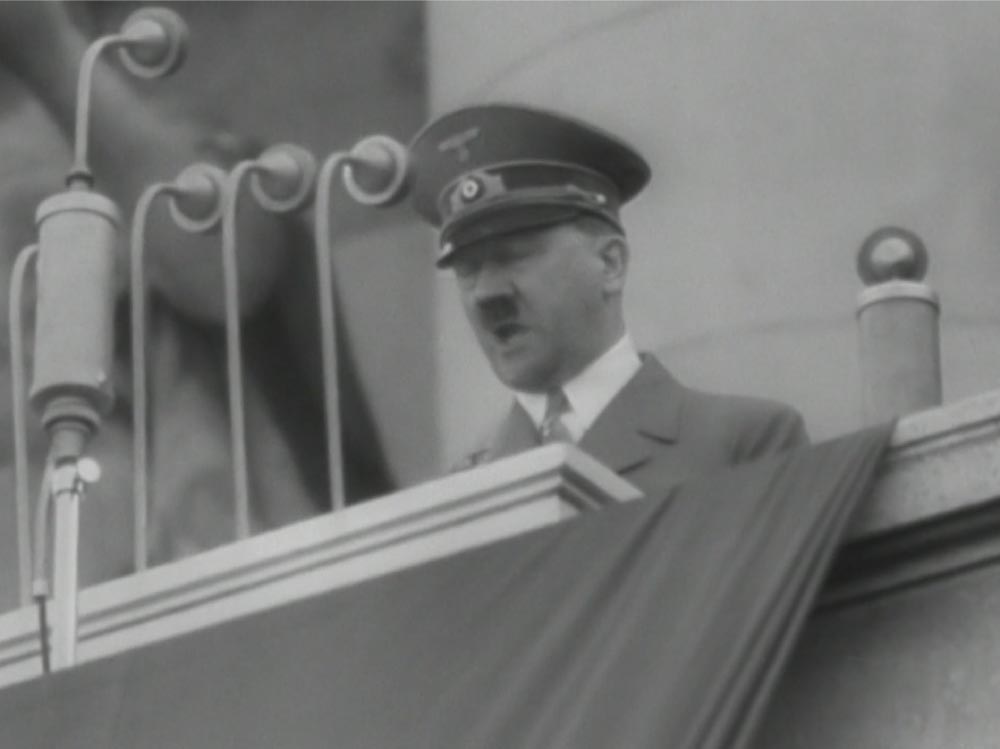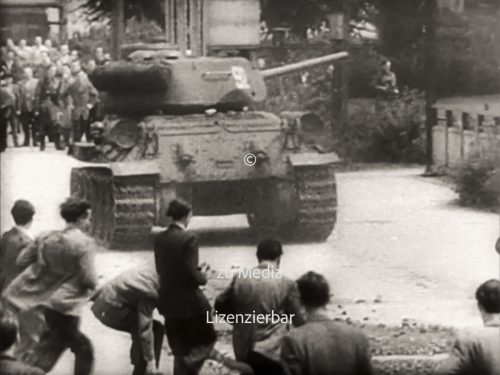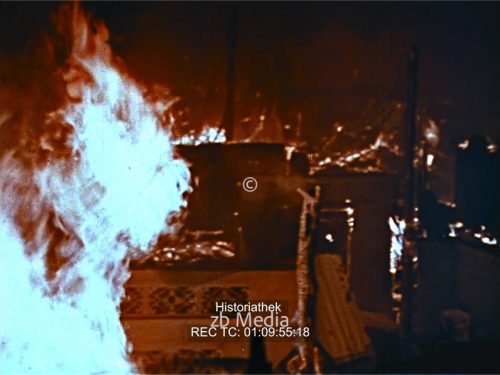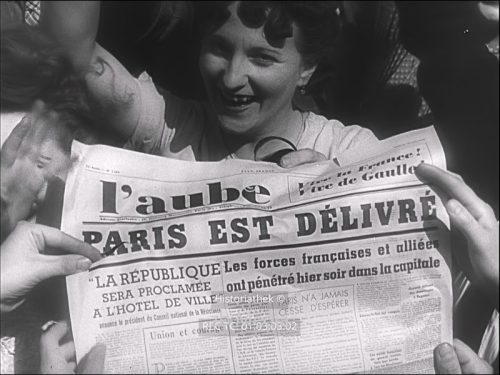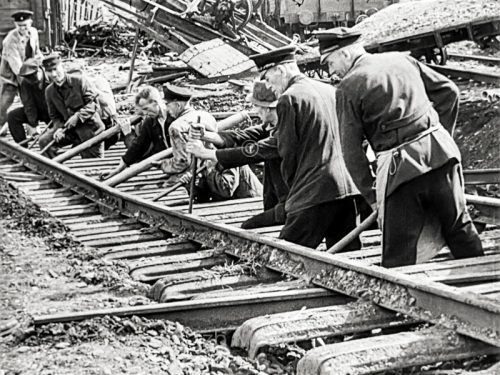The occupation of Austria and the Munich Agreement in 1938 Two significant events took place in Europe in 1938: the occupation of Austria by Nazi Germany and the signing of the Munich Agreement. These events were decisive developments in the run-up to the Second World War.
Occupation of Austria and Munich Agreement 1938
Description
Occupation of Austria and Munich Agreement 1938
Historical background
In 1938, two significant events took place in Europe: the occupation of Austria by Nazi Germany and the signing of the Munich Agreement, also known as the Munich Treaty. These events were key developments leading up to World War II.
Occupation of Austria:
On March 12, 1938, German troops, led by Adolf Hitler, marched into Austria, effectively annexing the country into Nazi Germany. This event is often referred to as the Anschluss, meaning “union” in German. Hitler had long desired the unification of Austria with Germany, as outlined in his book Mein Kampf. The Nazi regime orchestrated a propaganda campaign to legitimize the annexation, and the Austrian government, under pressure and threats, eventually succumbed to the German demands. The occupation of Austria marked a significant step in Hitler’s expansionist ambitions and set the stage for further aggression.
Munich Agreement/Treaty:
The Munich Agreement was signed on September 30, 1938, by Germany, Italy, France, and Britain in Munich, Germany. It was an attempt to resolve the escalating tensions between Germany and Czechoslovakia, specifically regarding the German-speaking Sudetenland region of Czechoslovakia. Hitler claimed that the German population in the Sudetenland was being mistreated and demanded its immediate incorporation into Germany.
At the Munich Conference, British Prime Minister Neville Chamberlain, French Prime Minister Édouard Daladier, and Italian leader Benito Mussolini met with Hitler to negotiate a peaceful resolution. The agreement allowed Germany to annex the Sudetenland into its territory, effectively handing over a significant portion of Czechoslovakia to Hitler without the country’s consent.
Chamberlain returned to Britain proclaiming “peace for our time” and hoping that the Munich Agreement would prevent further conflict. However, Hitler’s aggressive actions continued, and World War II broke out less than a year later, when Germany invaded Poland in September 1939. The Munich Agreement came to be seen as a symbol of appeasement, with critics arguing that it gave Hitler a green light to pursue further territorial expansion and aggression.
These events highlight the appeasement policies pursued by some Western leaders in the face of Hitler’s aggression, as well as the failure to prevent the outbreak of a devastating global conflict. The occupation of Austria and the Munich Agreement were crucial milestones that set the stage for the subsequent events of World War II.
Additional information
| License fee | € 330 to € 3960 |
|---|---|
| Brand | Historiathek |

